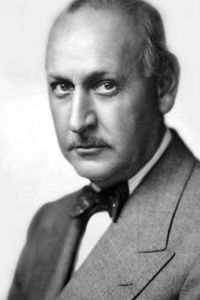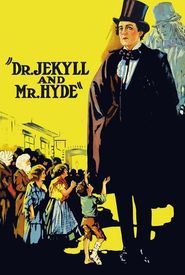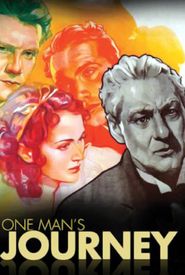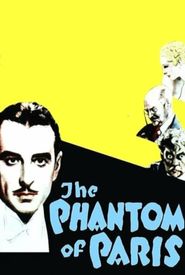John S. Robertson, a Canadian-born filmmaker and thespian, entered this world on June 14th, 1878, in the picturesque city of London, Ontario. Throughout his illustrious career, he made a lasting impact on the world of cinema, leaving behind a legacy of iconic films such as "The Girl of Today" (1918),"The Fighting Blade" (1923),and "Shanghai Lady" (1929).

John S. Robertson
Deceased · Born: Jun 14, 1878 · Died: Nov 5, 1964



























